Dance is the poetry of the body. It expresses things through gestures that are not possible to do via words. Also, the activity of Dance came in seeing the flexibility of the human body to move. Furthermore, it is a form of expression that uses the body to convey meanings. There are various cultural dances in Pakistan that are popular in various ethnic groups.
Importance of Dance in Other Cultures
The purposes of dance are many. It can express, educate, communicate and entertain. Every culture has its own kind of cultural dance. There is not a single culture which does not have its own signature dance style. These cultural dances reflect the ancestry customs, beliefs and stories of the past. They are a way to pass on many cultural meanings to the next generation. Practicing cultural dances helps the next generation stay in touch with their roots.
The Rich Cultural History of Pakistan
Pakistan has a rich cultural history that dates back to 5000 years. Our culture’s norms are close to South Asia, with strong influences from Islamic art as well. Pakistan has a diverse cultural portfolio. It has many ethnicities coexisting under the green flag. These ethnicities include:
- Urdu-speaking or Muhajir
- Sindhi
- Punjabi
- Balochi
- Saraiki
- Kashmiri
- Pothwari
- Makrani
- Hazara
- Wakhi
- Balti
- Burushu
- Chitrali
And many other ethno-minorities.
Each culture brings its own set of unique music and folk dances that are mesmerizing to watch. Also, music and dance go hand in hand. Almost no Pakistani culture has dance performances without music accompanying it. Furthermore, cultural dances in Pakistan tell a story of love and loss, and of celebration and joy. These can be tragic or comic in nature as well. While there are performers in each category, anyone can dance. Also, there are ustaads, apprentices, and local people who enjoy it. Moreover, they speak with dance when their emotions overwhelm their words.
Cultural Dances in Pakistan That Will Get Your Feet Tapping 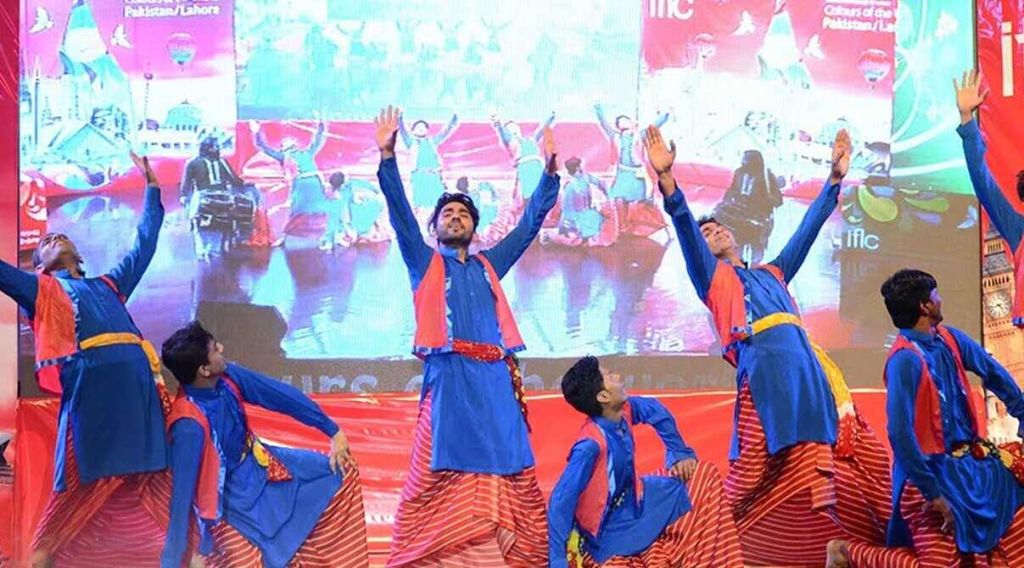
Pakistanis love to celebrate! Be it a wedding, an exam result, a new baby, or a simple drizzle, we express our joy with dance and music. Our festivals are incomplete without dance. Moreover, it helps us forget about the daily rutt and the crises we are facing as a country. Also, we become one in dance and emotion.
In the sea of many cultural dances, we have shortlisted seven for you to go over and enjoy!
Pashto Attan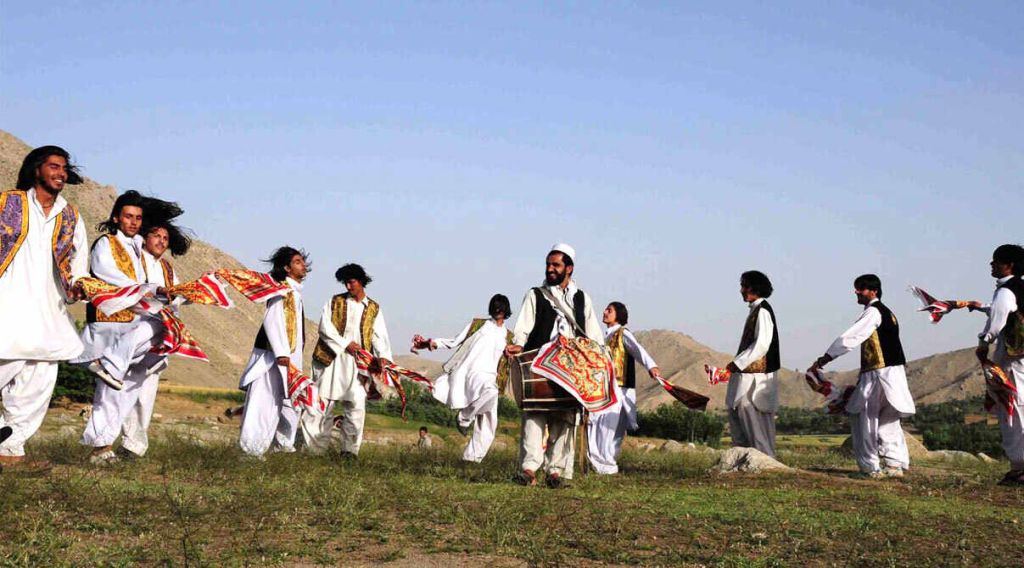
Attan is the Pashto warrior dance. Attan dance traces its history in the present day Afghanistan. Also, pashtun men used to perform an attan before going on important missions. Recently, it has become a part of mainstream culture. Moreover, you can see performances on various occasions. These include weddings, eids, and even college and university functions. You can wear anything when you want to perform attan. But, if attan is being presented, men have to wear shalwar kameez. They have to make it with fancy waist-coats. Women have to wear colorful embroidered frocks.
Punjabi Bhangra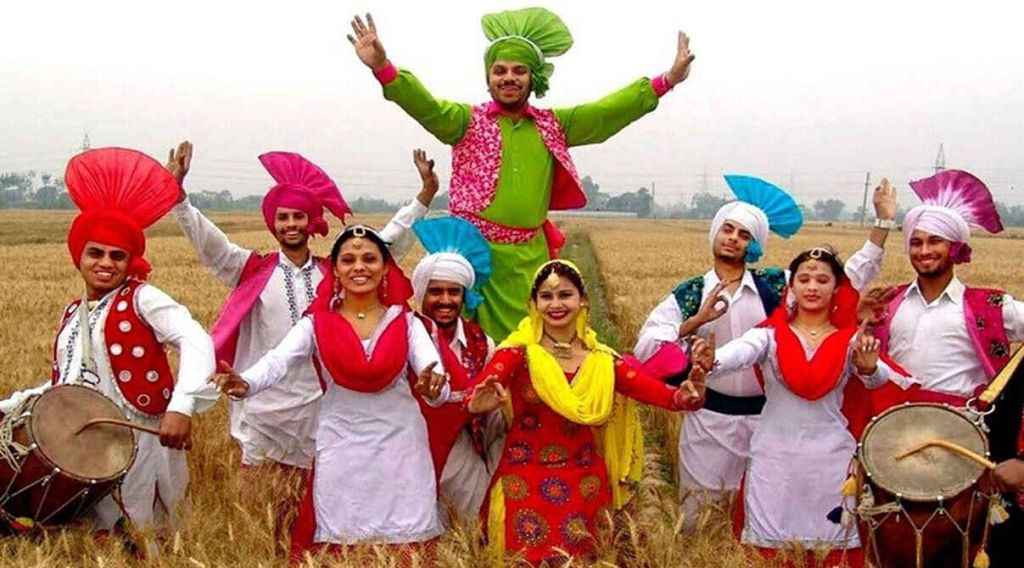
As a light-hearted humor, bhangra gestures are equated with turning light bulbs. Yet, bhangra is more than that. Bhangra is the folk dance of Punjab, as it originated in the unified punjab of the sub-continent. It was originally a dance of Punjabi farmers, who used to express their joy by performing bhangra after harvesting their wheat crop. Moreover, this is because pre-British Punjab was predominantly an agricultural region. According to Gurdeep Pandher of Yukon, “…when farmers needed to pick something from one spot and place somewhere else, they developed a bhangra move to do it in a fun way. That bhangra move is known as pick and place or pick and let it go. This used to make a tough job (of farming under the scorching sun) tolerable and even fun.”
Sindhi Bhagat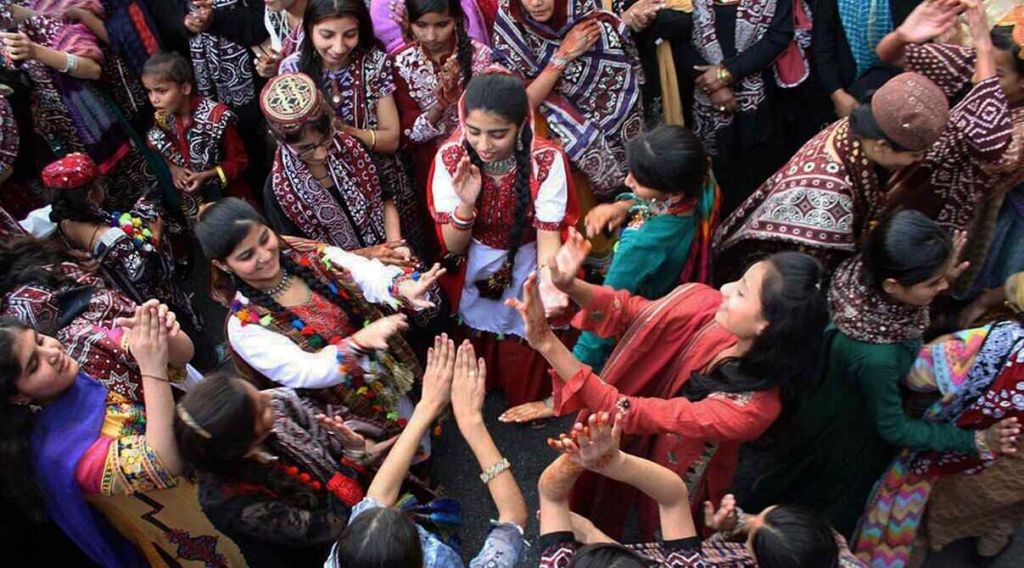
The tradition of sindhi bhagat goes back to the indus valley civilization. It was the time when old bards would sing the heroic tales of warriors and lovers. Moreover, Bhagat performances have a proper story line. They are performed with gestures and motions indicating a start, mid, and climax.
Related: Pakistani Classical Singers of Music Industry
Punjabi Luddi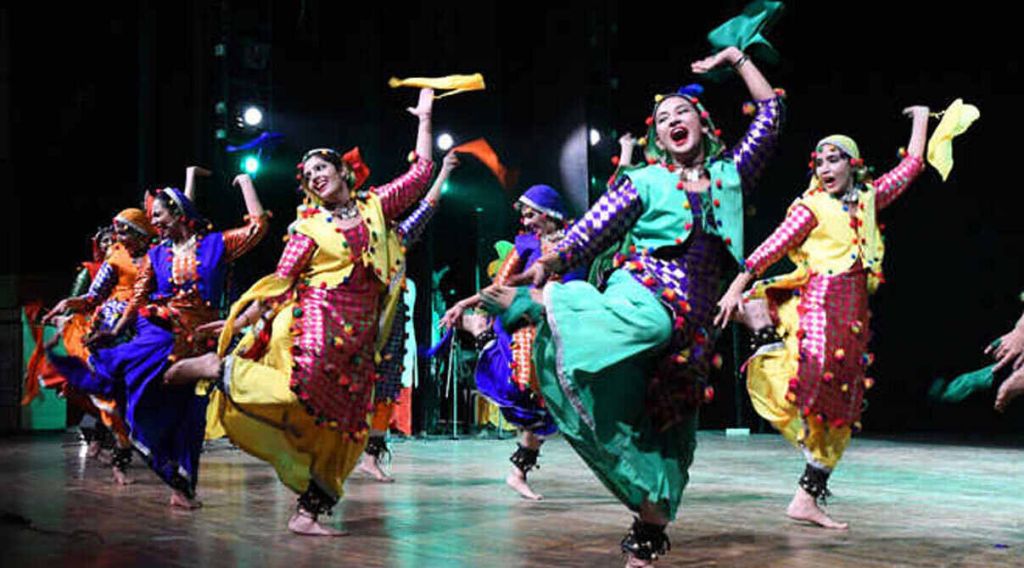
The luddi dance is a celebration of victory on the battlefield. It’s one of the popular cultural dances in Pakistan. Moreover, the clothing used for it is simple. The dancers wear loose shirts and loincloths at the bottom. Furthermore, the dancers may tie their heads with a turban or cover the head with a scarf. Moreover, this is extremely popular amongst the Punjabi Sardars. Also, the dancers place one of their hands at the back while dancing and the other hand is placed by the face. They try to copy the movement of the snake. The drummer is usually in the centre and the people go around him.
Related: Remembering Allan Faqeer: A Sindhi Folk Singer
Balochi Attan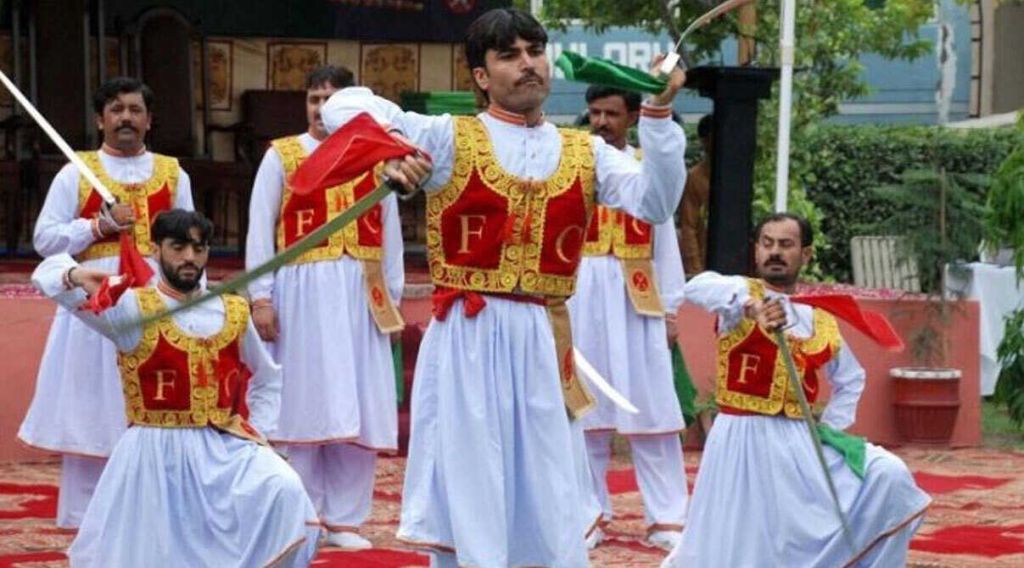
Balochi Attan is similar to the pashto attan. The only difference is that while the pashto attan is now a part of mainstream celebrations, Balochi attan is still confined to the region where it originated from. Also, women are largely not allowed to be a part of public celebrations. They can however, celebrate by performing attan privately.
Siraiki Jhumar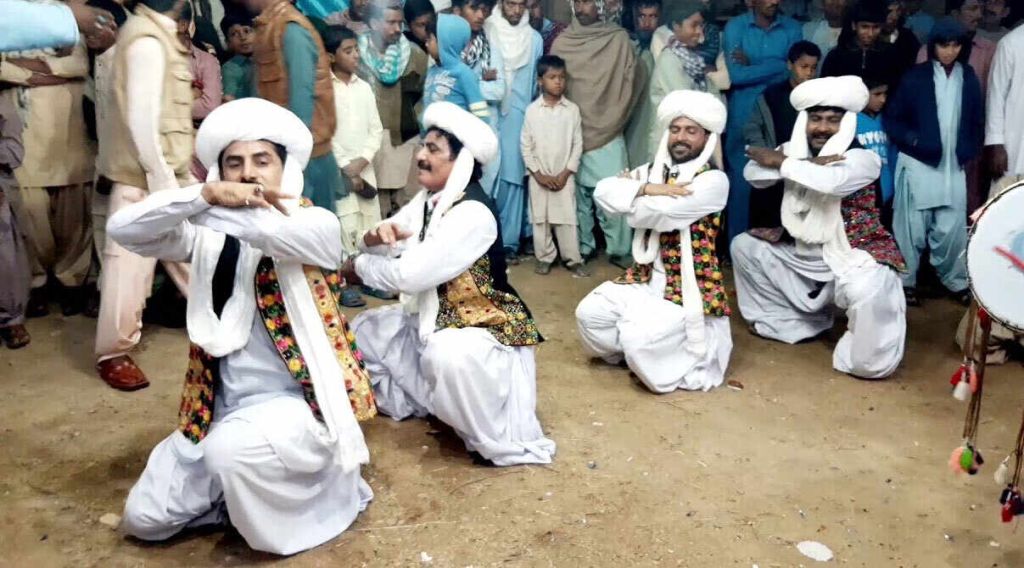
This is a traditional folk dance. Moreover, it came from the city of Multan and also from the province of Balochistan. The dance moves are done on live music. The attire used for this is lengha choli for ladies and shalwar ghera for men.
Related: The Missionary Musician par Excellence: Nusrat Fateh Ali Khan
The Sufi Dance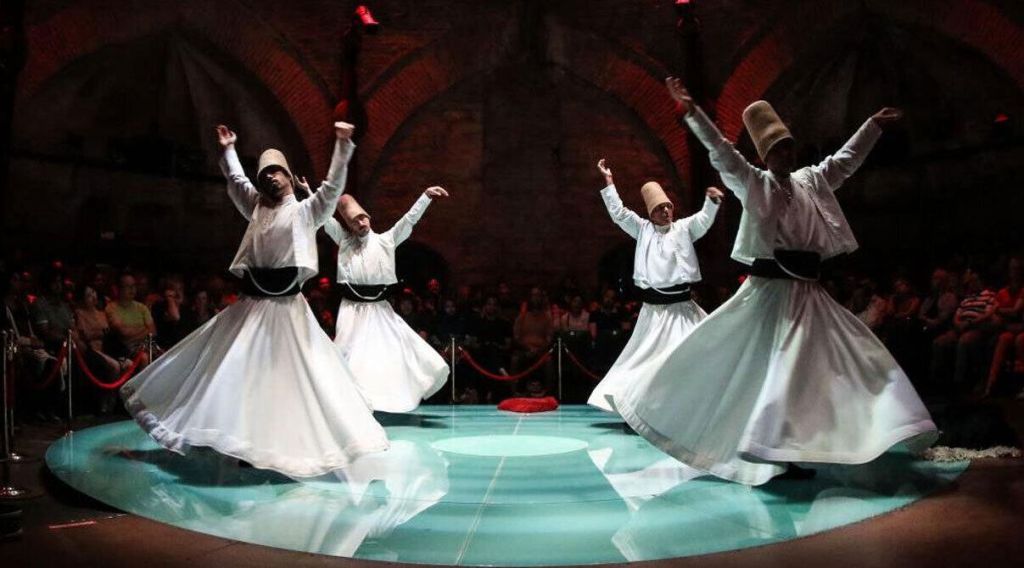
The Sufi dance is a whirling dance and one of the popular cultural dances in Pakistan. It was actually a type of meditation done by the famous Sufi poet Jalaluddin Rumi. He would meditate and dance to reach the stage of enlightenment. Also, the dancers wear long white robes which are like skirts. They wear tall conical hats too. Furthermore, the dancers try to cast the worldly life off with this dance. Also, they show their intention to become one with their creator through this.
Dance has the unlimited power of changing narratives. It can be political. Eminiet Kathak dancers like Sheema Kirmani and Sohai Abro of Pakistan have used dance as a form of political expression. Lollywood dances are mostly inspired by Bollywood, and they get harsh criticism from the conservative faction of the country. There have been movements to ban them. But since dance is an expression, it depends largely on perception.
We all have seen ads of Coca Cola where people get out of their cars when there is a traffic jam, and they start moving to the beat to wade off some stress. This happens in real life as well. Not the jamming-in-a-jam part, but the part where it works as a stress reliever. Put that bhangra number on and get on up.
Related: The 12th Annual Mystic Music Sufi Festival: The Mysticism of Sufis in the World of Today